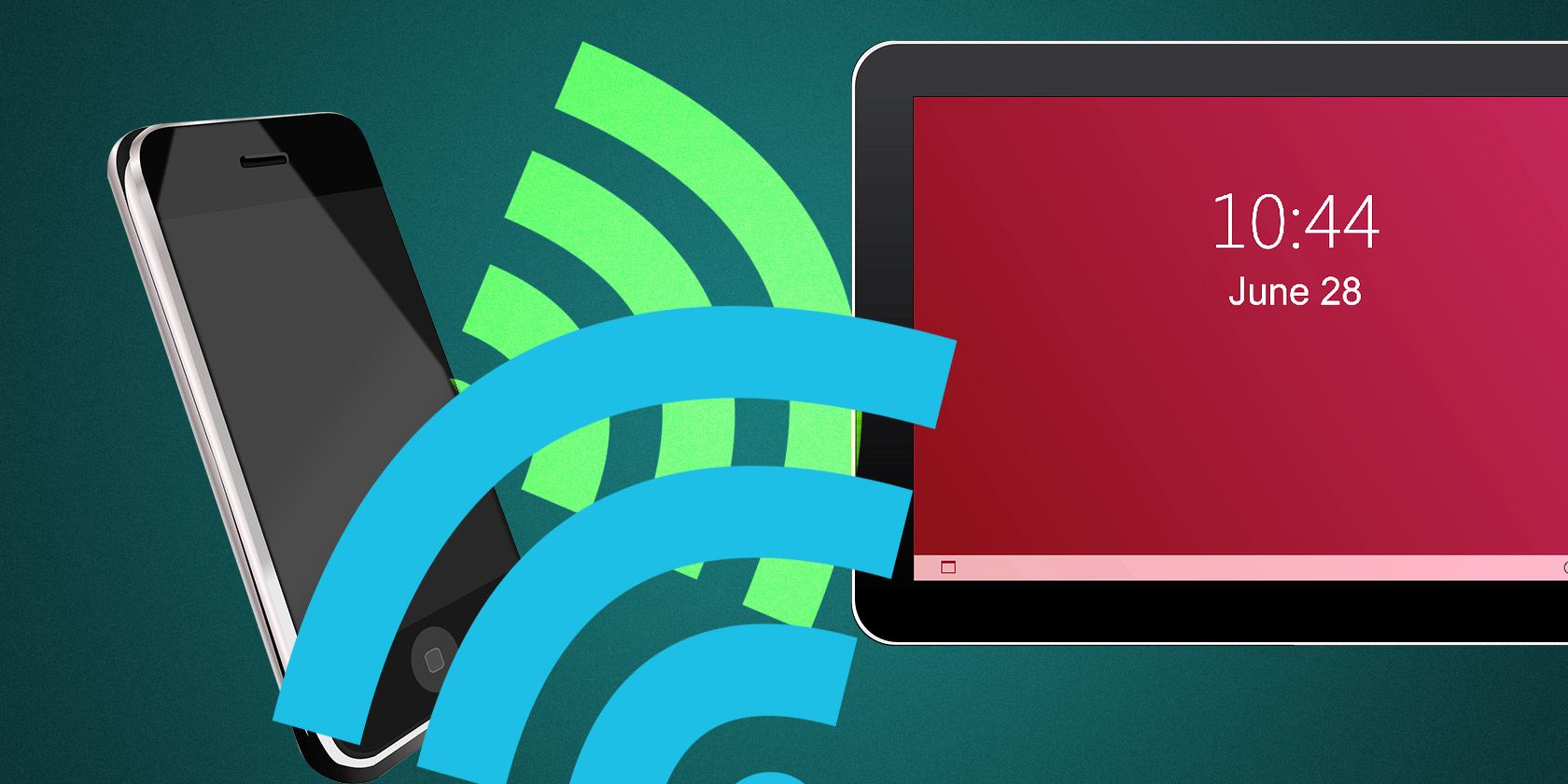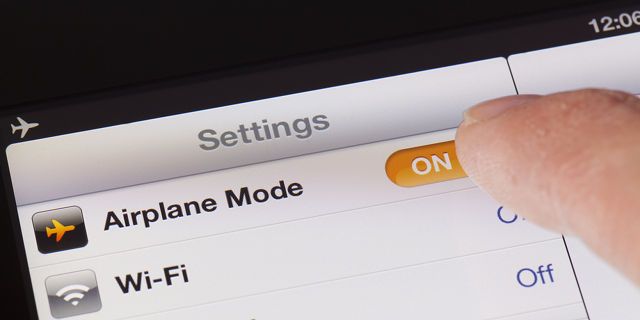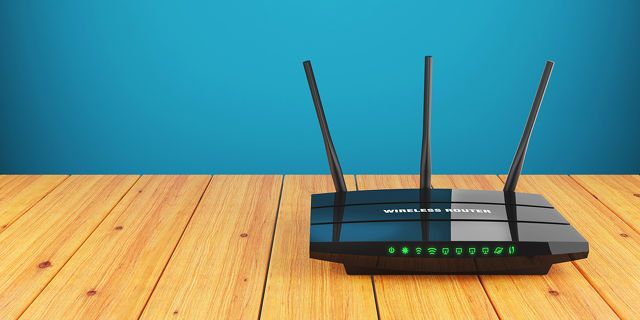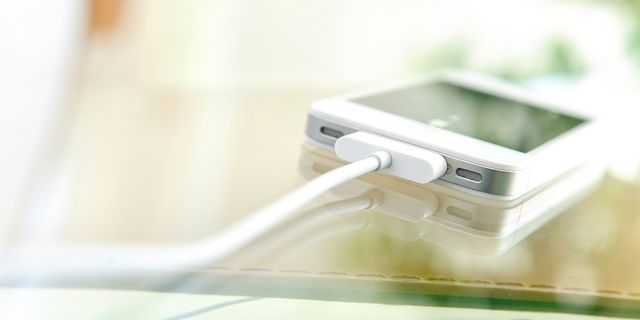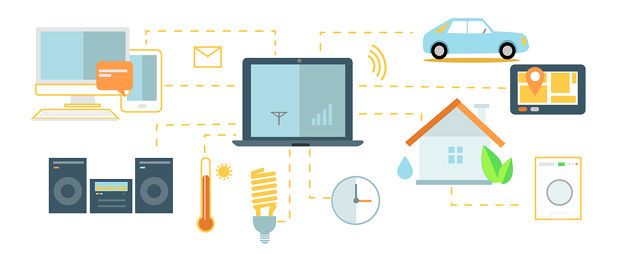Wi-Fi has been around for almost 20 years now, so it's exciting to hear that breakthroughs are still happening. Not long ago, we learned about a discovery that could lead to wireless Internet that's 100x faster than Wi-Fi, but in this post, we're going to explore the "energy efficiency" side of things.
Note that this new technology -- dubbed "Passive Wi-Fi" -- has nothing to do with delivering power over Wi-Fi or with charging devices over Wi-Fi. It's a different kind of Wi-Fi hardware that solves a notable issue in modern Wi-Fi receivers.
Wi-Fi Uses a Lot of Energy
Some studies have shown that Wi-Fi use can account for up to 60 percent of a phone's total energy consumption. That's pretty significant if you ask me, so anything that can reduce that number would be a great development. But the question is, why so much energy?
For three main reasons:
- If a device isn't connected to any Wi-Fi networks, it will actively and constantly search for networks to connect to. This is an ongoing process that occurs in the background.
- If a device is connected to a Wi-Fi network, it will regularly send and receive packets of data to keep that connection alive. This is an ongoing background process too, but not as power-intensive.
- If a device's Wi-Fi connection is weak, it will try to boost its own signal to make sure data gets transmitted properly, and this requires extra power. If you don't have a strong signal, consider extending your Wi-Fi range with a repeater.
This constant need to seek access points, maintain connections, and boost signals can result in fast battery loss on smartphones, and that's why enabling Airplane Mode when possible can provide a significant boost to battery life. (Airplane Mode turns off Wi-Fi along with cellular service, mobile data, and GPS.)
And now that no-contract Wi-Fi-based mobile plans are becoming more and more popular, along with the growing prevalence of the cloud, we're all starting to feel the impact of Wi-Fi power drain. A solution is needed.
As an aside, Wi-Fi routers also draw power just to stay active and maintain connections with devices -- think about how many devices are connected to your router -- but ultimately it's not enough to worry about. It probably costs between $10 and $20 per year in electricity.
How Passive Wi-Fi Works
Here's the news that's got everyone excited: a group of engineering students at the University of Washington discovered a new energy-efficient method for transmitting Wi-Fi data. They're calling it "Passive Wi-Fi".
Modern low-power Wi-Fi transmissions require about 100 milliwatts of energy, whereas the new Passive Wi-Fi technology requires about 10 microwatts. That's a difference of about 10,000 times.
Normally, every Wi-Fi-capable device needs a radio antenna (to receive incoming transmissions and separate the signal from other radio noise) and a radio transmitter (to encode data and send the transmission out). This means energy is used for both receiving and sending data.
With Passive Wi-Fi, most devices no longer need transmitters. Transmitting devices, like routers, will still need them, but other devices -- like smartphones and tablets -- will only need passive sensors.
These passive sensors allow a device to create new outgoing Wi-Fi packets just by reflecting incoming Wi-Fi waves. This technique, called "backscatter," requires very little energy because it isn't generating new transmissions from scratch.
But there are two big downsides:
- Slower speed. As of now, Passive Wi-Fi can transmit at speeds up to 11 megabits per second (Mbps), which is slower than modern Wi-Fi which can reach speeds anywhere from 54 Mbps to 600 Mbps.
- Less range. As with any kind of reflective action, you always lose something in the reflection. For Passive Wi-Fi, the backscatter waves travel less distance than actively-generated waves.
How Passive Wi-Fi Benefits You
Despite the technology's drawbacks, Passive Wi-Fi has the potential to be a revolutionary step forward in wireless internet -- not just in our homes, but for business and public use as well. But how exactly will it benefit you and what can you look forward to?
According to one of the co-developers, Passive Wi-Fi could drastically improve the battery life of any Wi-Fi-capable device -- to the point where it would save as much energy as if Wi-Fi was disabled altogether.
Fortunately, Passive Wi-Fi doesn't need any large or complicated components to work, so there won't be any problem integrating it into smartphones and tablets.
Another potential benefit is that devices would charge faster because there would be less energy being used during the charge. But more importantly, said devices would need to be charged half as frequently as they are now, which would require less charging overall, thus saving on your energy bill.
But perhaps the biggest benefit involves another cutting-edge bit of technology: the Internet of Things.
For those who aren't familiar, the Internet of Things is the growing phenomenon of Internet-capable devices that can share data and communicate with one another. For example, think of most smart home devices like the Nest thermostat or the Philips Hue lighting system, which can interact with other devices by Wi-Fi.
One reason the Internet of Things hasn't caught on? Always-on power costs. But with Passive Wi-Fi, such devices would be able to constantly send data back and forth without much energy needed, and some plugged-in devices could even switch to being battery powered, thus paving the way for a better and cheaper Internet of Things.
Not sold on the idea? Check out these amazing Internet of Things products that will surely change your mind.
It's still early to make a definitive judgment on how impactful Passive Wi-Fi will be and how many companies will actually adopt it, but it's interesting news indeed -- and for now, it's looking quite awesome.
Will Passive Wi-Fi catch on? Do you suffer from battery issues? How do you feel about the potential benefits, especially the point regarding the Internet of Things? Share your thoughts with us in the comments below!
Image Credits: Airplane Mode via Shutterstock, Wireless Router via Shutterstock, Charging Mobile via Shutterstock, Internet of Things via Shutterstock.

